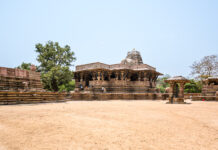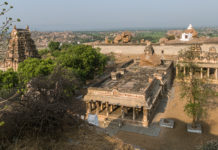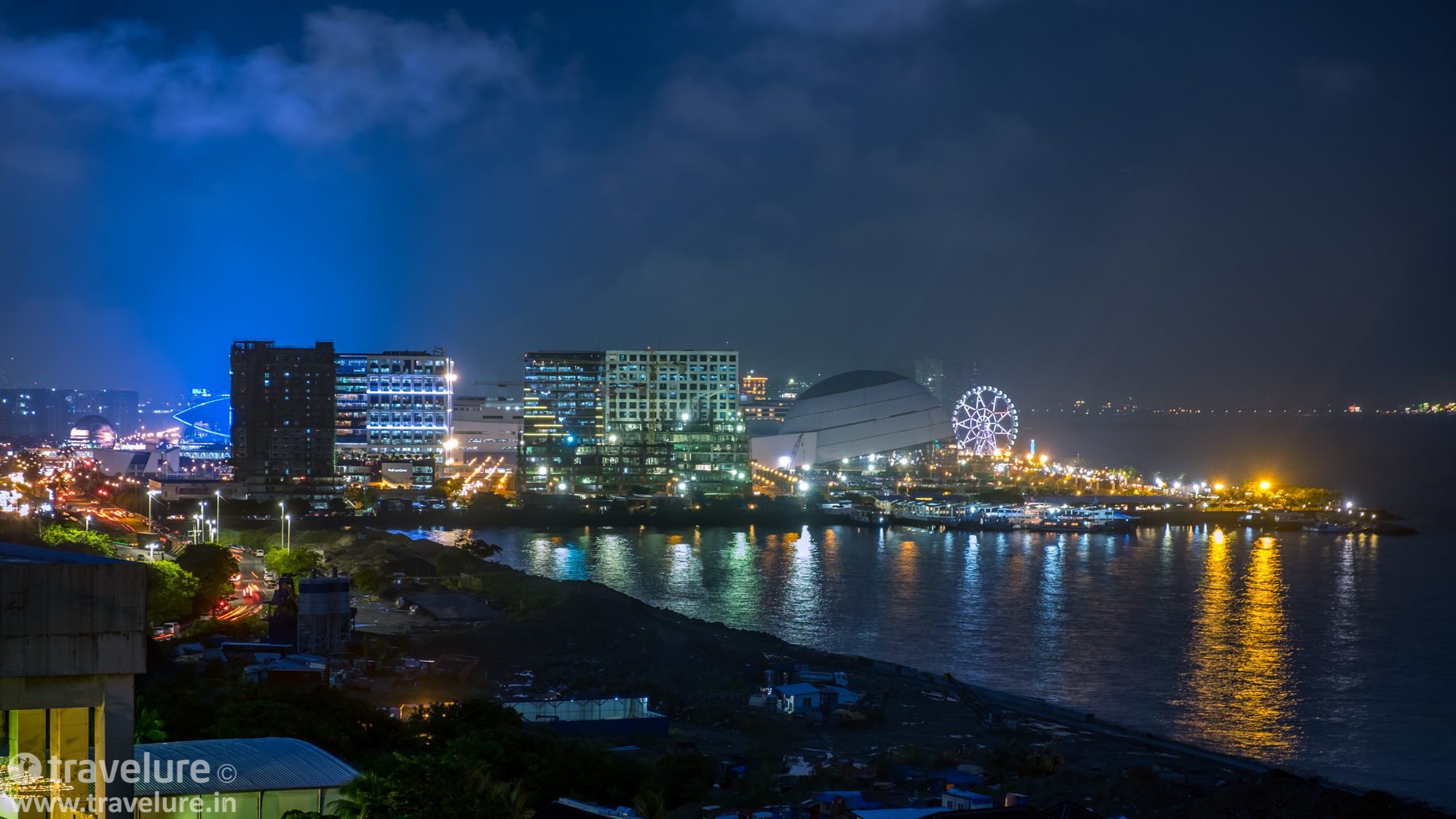Our Planet’s Landmarks Series #51
Auschwitz – Homage to the WW-II Holocaust Victims
I pay a humble homage through these haunting photographs from Auschwitz to the people murdered by Nazis during the WW-II Holocaust across Eastern Europe. The occasion being just-concluded Rosh Hashanah – a time for personal reflection and praying.
Other versions of this story have appeared in Condé Nast Traveller as In Pictures: The Horrors of Auschwitz, in Huffington Post India as Auschwitz: Memories of horror in photographs, and as Auschwitz: visite de l’horreur en photos in Huffington Post Quebec.

What drew me to Auschwitz?
I have grown up seeing movies based on the Holocaust theme. Warsaw Story, The Pianist, Schindler’s List, The Odessa File, The Boy in the Striped Pajamas, and more. I have read about the Holocaust, both in magazines and in novels. As a photographer, I have seen thousands of Holocaust images. So, I wanted to document Auschwitz Memorial Camp, the worst affected WW-II Holocaust site, through photos.

It happened in 2015. I visited Poland on a photography trip. Besides Warsaw, Krakow, and Opole, I made time for a day trip to Auschwitz. Unlike my other photo-trips, I stayed away from any preparation or specific study. I wanted to confront an unprejudiced experience. The feeling was of not reading an awaited movie’s review for it may expose the plot.

My Journey
I drove from Krakow to Auschwitz, a neat little town of 40,000 people. Avoiding the Expressway, I chose a country road. The Polish countryside in this 65-km journey was like everywhere in Europe – scenic!

At Auschwitz, I realised they no longer called it a concentration camp. It is now a well-maintained memorial and museum. I learnt Auschwitz was not just one concentration camp, but three. Auschwitz-I (Auschwitz), Auschwitz-II (Birkenau) and Auschwitz-III (Monowitz). Each, 3 to 4 kilometres apart. It may sound surprising, but this 10 sq. km. accounted for the slaughter of 1.1 million human beings. 90% of those, Jews.

Auschwitz – First Brush
Arrival at Auschwitz-I at 8.30 am had given me 2 advantages: one, between 8 and 10 am, individual visitors can enter (10 am to 3 pm is timing for groups); and two, no queue. After 10 am, It was common for people to wait over 2 hours to enter.
From a photography standpoint, it meant I got uncluttered shots.

Unclear where to go, I followed groups with guides. It was an organised place. Its solitary entry gate led me to the erstwhile jail complex. Rows of warehouse-like buildings – 28 of them – greeted me. The entrance arch displayed 3 words in German – ‘Arbeit Macht Frei’ – which translates to ‘Work means Freedom’. Images of how free the inmates were, danced in front of my eyes.

The first building was a gas chamber. Nazis had gassed thousands to death here. For burning bodies, it had incinerators and body-loading trolleys. I found my mood turning sombre.
To check out the official Auschwitz-Birkenau site, click here
As I walked around, I started reading the fact boards on the premises. Here’s the essence of one board – ‘The plunder of human beings was complete. They chose the healthy ones for a slow death through overwork, exhaustion, and starvation; while the others were straightaway shot, or gassed. Soon after, they shaved the hair off the corpses for using as yarn for woollens; their gold teeth, extracted and their valuables, stripped.’
As if in a daze, I moved from one shed to another. In each, reminders of the ghastly Holocaust faced me. And its scale visible in the exhibits I saw.
Each enclosure has 3 floors. On every floor, a narrow aisle runs through the middle, while the sides have glass-encased remembrances. Block 5 has victims’ clothes, suitcases, artificial limbs, spectacles, hair-brushes, toothbrushes, shoes, toys, and other belongings. And Block 4 exhibits victims’ hair.

There were thematic photo-exhibitions on the murder of Jews, Poles, Romas, Simtis, etc. Those images carried moving descriptions under them – ‘This woman weighed 64 kilograms when brought to Auschwitz, shrank to mere 25 when we shot this photo’. There were terrible stories of Dr. Mengele – a psychotic who conducted brutal medical experiments on children. Twins, in particular.


When I couldn’t take it anymore, I stepped out. I wanted to see the rail track that brought the prisoners to Auschwitz. When I found it was in Auschwitz-II (Birkenau), I made my way there.
Hell’s Gate or Gate of Death
Here was the notorious Hell’s Gate or Gate of Death. The train entered the camp through its arch. As the prisoners alighted, Nazis sorted them as healthy or weak. Then, they took the healthy ones to the barracks (akin to horse stables). And they gassed the weak (women, children, elderly people) soon after in one of the 6 gas chambers built to murder and incinerate them.

The paucity of time didn’t allow me to visit Monowitz. But I had seen enough. Jews were there in hordes. For them, it was a pilgrimage. To pay homage to their ancestors who had faced the worst.
Today, it is a UNESCO World Heritage Site. Make time, visit this landmark. It has the power of bringing you face-to-face with the barbarism of supremacists. And witness the silent resilience of those who suffered.

Mandatory Declaration: The post has affiliate links. It doesn’t affect the price you pay for the product/service but may earn me some money. The links have not biased the content.


























The striking beautiful photos and the narrative along with it take me there and give me the chills.
Thanks, Razena! I paid a humble homage, and am touched it moved you.